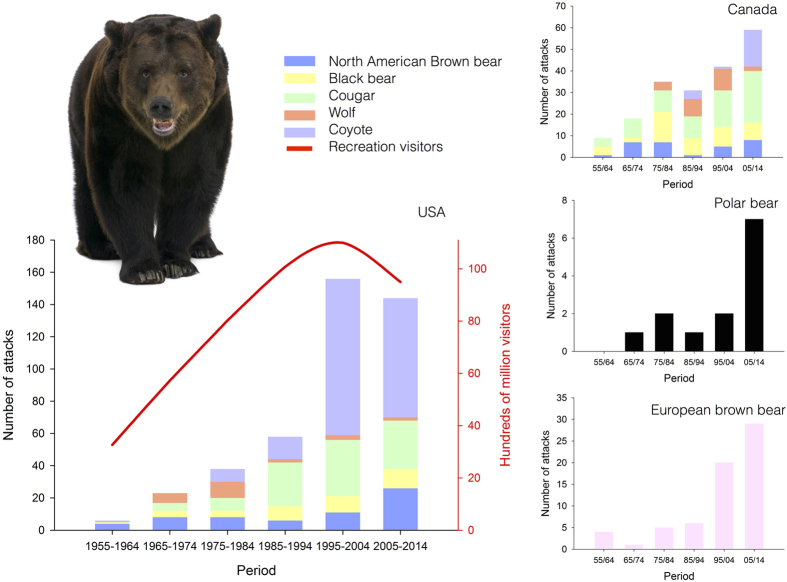Figure 1. Temporal trends in large carnivore attacks on humans in developed countries.
The number of attacks on humans by large carnivores has increased significantly (Extended Data Table 1) during the last few decades for almost all large carnivores. The left panel shows the relationship between the number of large carnivore attacks in the US and the number of visitors (hundreds of millions, red line) in American protected areas since 1955, which has increased significantly over time (Extended Data Table 4). The right panels show (from top to bottom) the temporal trends in large carnivore attacks in Canada, as well as the trends of polar bear (Europe, Russia, the United States and Canada) and European brown bear (Sweden, Finland and Spain) attacks. It is worth noting that: (i) conflicts with polar bears have been increasing in the last decade. Causal factors include a growing human population and more tourists visiting polar bear areas, increased oil and gas development along the Arctic coastline, and decreasing ice volume and seasonal extent due to climate change63. Indeed, human-polar bear encounters are expected to increase as the sea ice continues to melt and hungry bears are driven ashore ( http://www.polarbearsinternational.org/about-polar-bears/essentials/attacks-and-encounters; http://www.theguardian.com/world/2013/nov/04/polar-bear-attacks-scientists-warn-warming-arctic); (ii) the remarkable increase in coyote attacks may be related to both the recent substantial expansion of the coyote range in eastern North America64 and increased conflicts in suburban residential areas. In these areas, coyotes can relax human avoidance mechanisms as a result of relying on anthropogenic food resources and even intentional feeding by residents4; and (iii) wolves were the only species to show a decreasing trend in the number of attacks, declining from 10 attacks during the decade 1975–1984 to only two or three attacks per decade starting in 1985. (The brown bear picture has been downloaded from 123RF ROYALTY FREE STOCK PHOTOS ( http://www.123rf.com), Image ID 7250879, Eric Isselee).

